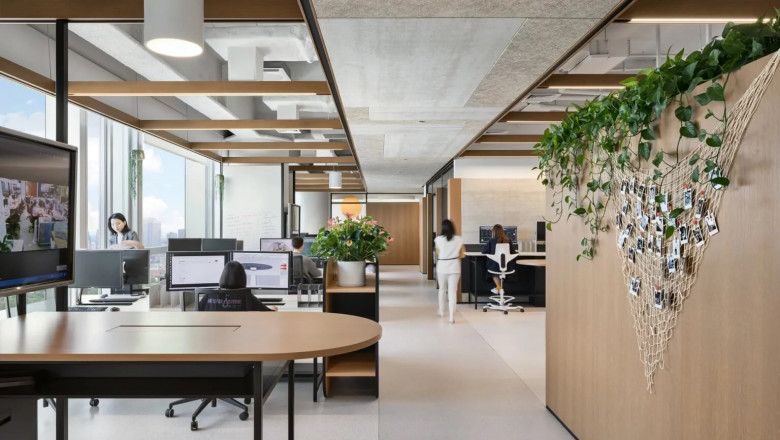views
The traditional office model is no longer the only path for businesses seeking a physical presence. The demand for flexibility, scalability, and convenience has spurred the growth of alternative workspace solutions. Among the most prominent are managed offices and coworking environments, each offering distinct advantages and catering to different organizational needs. Understanding the nuances between these two models is crucial for making an informed decision that aligns with your company's goals, culture, and budget.
Defining the Managed Office
A managed office provides a private, self-contained workspace solution operated by a third-party provider. Essentially, businesses lease a dedicated office suite within a building, but unlike a traditional lease, the provider manages nearly all operational aspects. This typically includes fit-out, furniture, utilities, high-speed internet, cleaning services, security, and often reception support. Companies benefit from having their own exclusive space, fostering privacy and allowing for a degree of branding and customization within their unit. This model often appeals to established small to medium-sized enterprises, project teams, or larger corporations needing satellite locations without the long-term commitment and capital expenditure of a conventional lease and fit-out. It offers a blend of autonomy and service, removing the day-to-day hassle of facility management.
Understanding the Coworking Model
In contrast, a coworking space emphasizes community, flexibility, and shared resources. These environments offer a range of membership options, from hot desks used on a first-come, first-served basis, to dedicated desks in an open-plan area, and even private offices situated within the larger shared facility. The core appeal lies in its inherent flexibility – members can often scale their usage up or down with relative ease and shorter commitment periods. Amenities like coffee, meeting rooms, printing facilities, and social or professional events are usually included in the membership fee. This fosters a vibrant atmosphere conducive to networking and collaboration. This setup is particularly popular among freelancers, startups, remote workers, and small teams seeking affordability, networking opportunities, and a stimulating work environment without the need for a strictly private, branded space.
Key Considerations for Your Business
Choosing between these two options requires careful consideration of several factors. Privacy and security are paramount for many businesses; managed offices inherently offer a higher degree of both due to their self-contained nature. If your work involves sensitive information or requires frequent confidential discussions, a managed office provides a more controlled environment.
Branding and company culture are also significant. A managed office allows a business to infuse its own identity into the space more readily than most shared environments permit. While some providers offer branding options, the overall feel remains uniquely yours. A shared coworking office space, even a private one, exists within the provider's larger ecosystem and aesthetic.
Community and networking potential differ greatly. Coworking environments are designed to facilitate interaction and collaboration among diverse members. If building connections and fostering spontaneous interactions is a priority, this model excels. Managed offices offer privacy but may feel more insular, although networking can still occur within the broader building if other tenants are present.
Cost structures also vary. Coworking often presents lower upfront costs and flexible, per-person pricing, which can be very attractive for smaller entities or those with fluctuating headcount. Managed offices typically involve a fixed cost for the entire space, which might offer better value per square foot for larger, stable teams but represents a higher overall monthly expense.
Making the Right Choice
Ultimately, neither solution is universally superior; the ideal choice hinges on specific business requirements. Evaluate your team size, growth projections, budget constraints, need for privacy, desire for community, and the importance of customizing your physical environment. A startup prioritizing flexibility and networking might thrive in a coworking setting, while a more established company requiring privacy, security, and a strong brand presence might find a managed office a better fit. By carefully weighing these factors, businesses can select a tailored office solution that truly supports their operational needs and future ambitions.






















Comments
0 comment